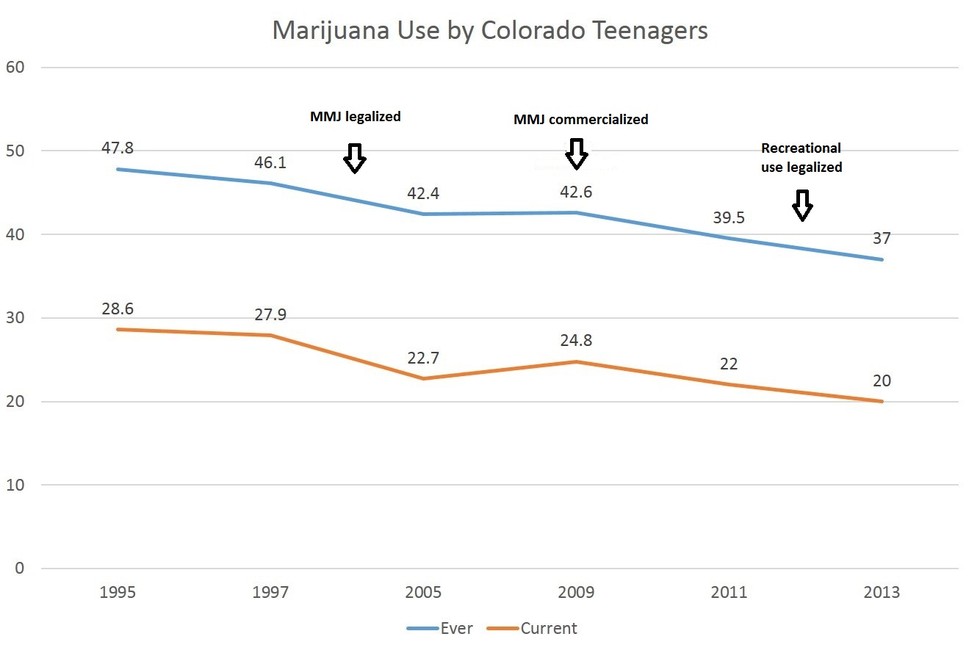The biggest disruption to the American wine industry was Prohibition, which shut down some eighty percent of existing wineries in the period 1920-33. After the repeal, it took over 60 years for the number of U.S wineries to reach 1920 levels.
At the Unified Wine and Grape Symposium, one of the panels discussed historic and emerging disruptions to the wine industry. "The Power of Market Disruption: A Deep Dive into Wine Consumption Trends" provoked many exclamations and comments. The panel of four included Gilian Handelman from Jackson Family Wines, Joshua Greene from Wine & Spirits Magazine, Alice Feiring, author and journalist, and Tegan Passalacqua of Turley Cellars, and were perhaps only missing a broker or distributor's point of view for this topic.
The disruptions facing the industry today are unlikely to be as fatal as Prohibition, but the panel pointed to marijuana, home winemaking, China, climate change, and tap & keg wine as potential challenges for the wine industry.
Perhaps the biggest unknown disruptor at this point, with California being on the brink of legalization, is the issue of marijuana. This topic exploded the audience into non-stop questioning and theorizing, and most of the other disruptor topics only received a cursory statement or two.
The question for the wine industry is whether marijuana consumption could replace any portion of wine (alcohol) consumption. The panel mentioned that there were statistics coming in from Colorado suggesting that the number of DUI's has gone down since legalizing pot, perhaps pointing to a decreased consumption of alcohol. Complete statistics were not presented by the panel.
 via Forbes
via Forbes
However, comparing statistics from the Colorado Department of Transportation, the National Highway Safety Administration, as well as the drunk driving statistics on the state of Colorado from alcoholalert.com, one can see that overall drunk driving incidents, as a percentage of total fatalities, tapered off in Colorado prior to the legalization of marijuana. It appears loosely correlated to the economic crisis in 2007-2008, when the percentages fell to the mid-thirties, compared to the high 50% range they were seeing in the early 1990's.
Since legalization, traffic stops citing marijuana use have doubled. It is hard to extrapolate wine purchase and consumption from this data. However CBS-Colorado news agency posted that for 2014, the first year in which marijuana was legally for sale in retail establishments, "Colorado saw a sales increase last year in all three tax classes of alcohol. Beer was up 1.1 percent, liquor was up 3 percent, and wine was up 1.3 percent."
Given just one year of statistics, no particular trend can be noted concerning Colorado's wine consumption, although the statistics are initially reassuring to wineries marketing their wines in Colorado. Many of those in the Unified audience did not think that marijuana legalization would impact wine sales, citing a "different user base". However the panel was clear in presenting that collectively, they appeared to consider this a genuine threat.
As various audience members pointed out, California has a rich and historic culture steeped in wine: wine growing, winemaking, wine history, and the highest total wine consumption in the US. (Shockingly, there are seven states that have a higher per capita consumption of wine than California, but it is made up for by the sheer number of Californians).
However, there is also a pot-culture here, and it remains to be seen if marijuana will be a worrisome disruptor of wine sales and wine consumption, and if so, which market segment is likely to suffer the greatest impact.
An audience member seated nearby mentioned under his breath that if it becomes a viable cash crop, it may not be far-fetched to see low-producing vineyards pulled out in favor of a new cash crop, complete with appellation labels. Oaksterdam University, founded in 2007 in a neighborhood of Oakland, CA, may become a front-runner in American education with cannabis horticulture being a newly minted area of study. Those sentiments are perhaps not as far-fetched as once thought?
source: Wine Industry Advisor

- Benefits of Marijuana Legalization in California | California NORML ›
- Regulate Marijuana Like Wine | 62% of California voters agree ... ›
- Californian Vintners Are Putting Weed in Their Wine | VICE | United ... ›
- Weed's Effect on Wine Sales ›
- The Latest Craze In Winemaking: Marijuana-Infused Wine | VinePair ›
- Sean Parker donates $500,000 to legalize marijuana in California ... ›
- Melissa Etheridge among celebrities cashing in on marijuana ... ›
- Marijuana, Dark Horse Savior of California Agriculture - Pacific ... ›
- California Reacts to New Medical Cannabis Regulations ... ›
- Monopolistic Competition: Napa Valley Wine Industry As A Model ... ›


